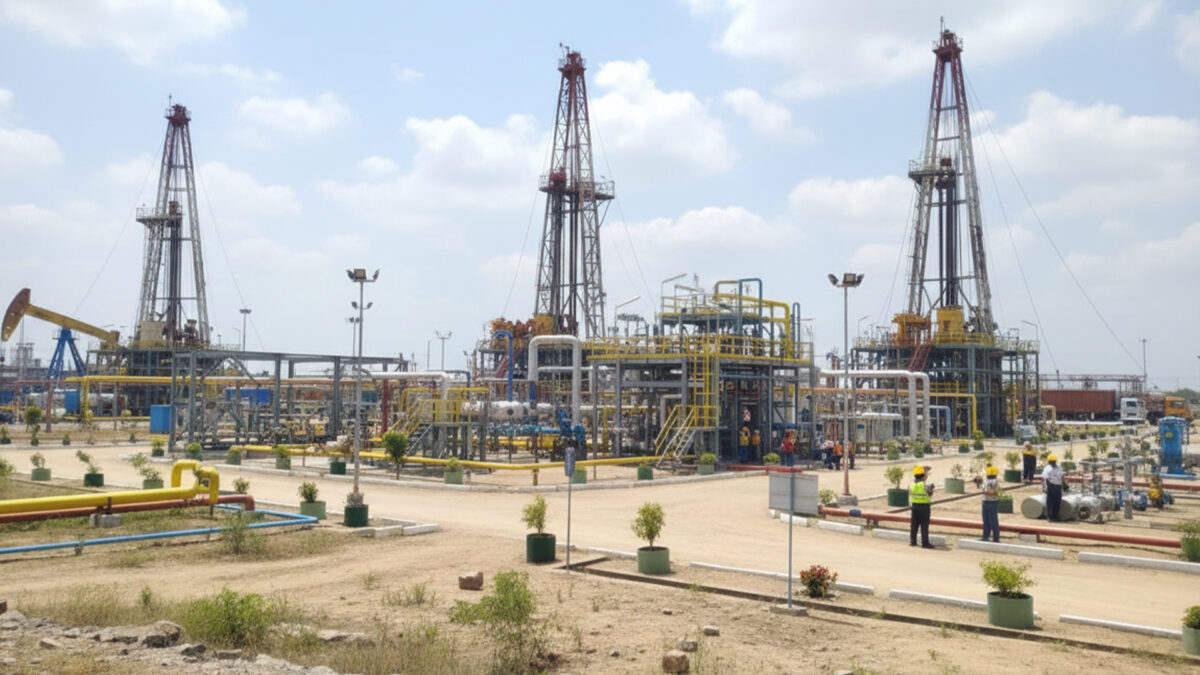The U.S. Supreme Court has declined to block a lower court’s order mandating significant changes to Google’s Play Store, following a lawsuit filed by Epic Games, the developer of Fortnite.
This decision stems from a 2023 jury verdict that found Google had unlawfully maintained a monopoly over the distribution of Android apps and in-app payments.
The injunction issued by U.S. District Judge James Donato requires Google to allow users to download rival app stores within the Play Store and make its app catalog accessible to competitors.
Additionally, the injunction mandates that Google permit developers to include external links in their apps, enabling users to bypass Google’s billing system. The provision allowing external links is set to take effect on October 22, 2025, while the broader changes are scheduled for July 2026.
Despite Google’s concerns that the mandated changes could expose users to security risks and disrupt the Android ecosystem, the Ninth Circuit Court of Appeals upheld Judge Donato’s ruling in July 2025, affirming that Google’s practices violated antitrust laws. Following the appellate court’s decision, Google petitioned the Supreme Court to temporarily stay the injunction.
However, the justices declined to intervene, allowing the lower court’s order to stand. The Supreme Court’s refusal to block the injunction means that Google must comply with the mandated changes by the specified deadlines.
Epic Games welcomed the Supreme Court’s decision, viewing it as a victory for competition and consumer choice in the app marketplace.
The company plans to bring Fortnite and its Epic Games Store to the Google Play Store in the United States, offering users alternative avenues for app distribution and payment options.
This legal development marks a significant shift in the dynamics of the Android app ecosystem, potentially leading to increased competition among app stores and developers.
As the implementation deadlines approach, stakeholders across the tech industry are closely monitoring the situation to assess its impact on app distribution models and revenue structures.
Also Read: Why Is WeWork India’s ₹3,000 Crore IPO Facing Scrutiny





